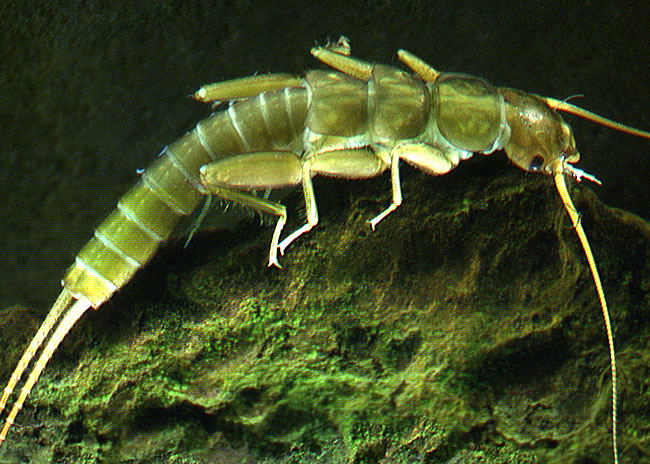
Every year in Christchurch, we have an annual A&P Show – Agricultural and Pastoral Show. It runs for three days, people bring their cows, sheep and chickens to show off, there’s horse riding competitions, sheep shearing and wood chopping, and it’s so important to us that the Friday is a public holiday, so we can all go! This year, a group of freshwater scientists from my university had their own stall, teaching people about the importance of waterways, and how to keep them healthy. We had fish, insects, plants and intriguing looking experiments. Every child that rounded the corner and saw the stall pulled their parents over to have a look, but it was often the parents who were the most surprised at what they learned.
We showed them native fish and insects that have been living in streams and rivers they’ve lived near for years and never seen. We could tell them why plant cover at the side of rivers is so important – it provides habitat, food and shade, and without it many of these native species can’t live there. In New Zealand trout are not native, but they grow very well and fishermen love them. They too require good quality habitat however, so it helped that we could use this as an incentive to get people on board with what we were saying, as not everyone had the same attachment to the native fish unfortunately. We also had some waterbugs, which walk on the water and the kids loved to watch. Then using an experiment, we were able to show them what happens to these bugs if pollutants like detergent get into the water. In a shallow tray of water, we had people float paperclips on the surface of the water. Then, someone would add a tiny drop of detergent, and plop, plop, plop, every single paperclip rapidly sank to the bottom. This was where the adults eyes opened the widest. “They all sank that quickly, from that one tiny drop of detergent?!?” Of course if that happens to a paperclip, how is the waterbug meant to run across the water when it’s polluted? Many people left with plans to plant native plants for shade around waterways near where they lived, and everyone vowed to be more careful with what they put down the drain!
The news wasn’t all good though. Some farmers said “how can I afford to plant all those bushes along my streams, and who’s going to maintain them?” Good question. Without some sort of help or incentive, what needs to be done will only happen in a few select places. But at least we’re getting the word out there and showing the need for action, which is a good start. For me, the best bit was seeing the kids so involved. If they can learn to care for the environment now, the world will be in better hands when they grow up and take their place. And as for me, I was proud to be part of this, and had so much fun sharing my passions with my community. It was also great to see the science outreach – all too often, if scientists, particularly ecologists, are seen as too “green”, their research is considered biased and their standing as a respectable scientist slips, which means their ability to make an impact also slips. I believe community outreach is an essential part of research, and this is a small, simple, but effective way of doing so.



